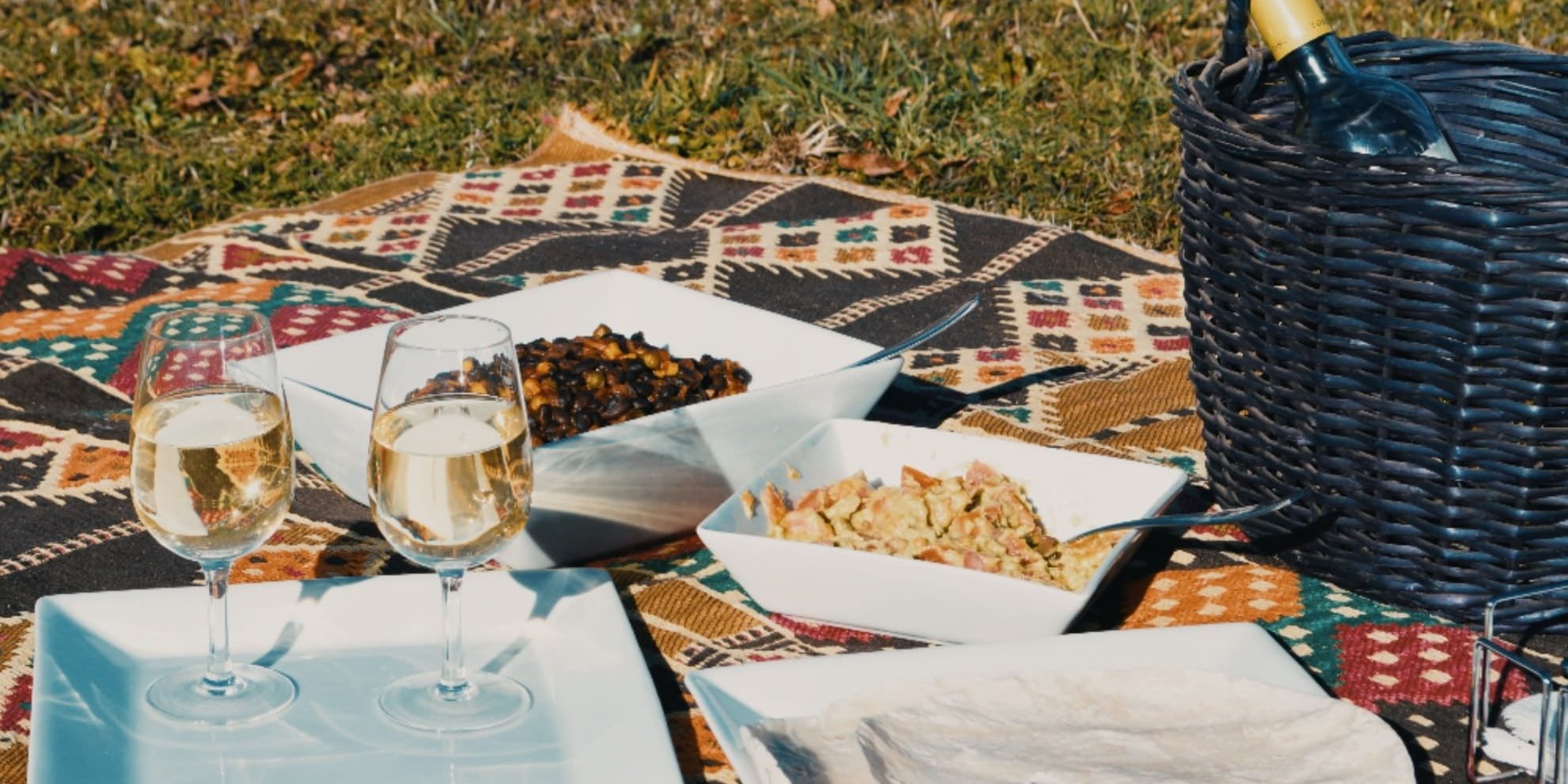I have become a fan of electric bikes, and I have always been a fan of eating well when I picnic with my family or friends. This article is my ‘how-to guide’ to gourmet picnics in France, some ideas on how to mix the two, and so encourage more travelers to give it a try. I was inspired to write this blog as a ‘how-to guide’, when I realized I was preparing a day’s activity for my travelers, with a rental bike, but without a licensed local bike guide. So here goes:
· How to shop for scrumptious food in France, and make a great French Picnic
· What you can carry on an electric bike, and how you can go anywhere
· Site and route selection
· Why do bikes and picnics mix so well?
If you are interested by one our e-bike tours, check out our tour in the middle of a picturesque olive grove or our tour in the secret organic wines of Nice.
The ultimate picnic in France is purchased the same day, and from nearly half a dozen different boutiques. As you could imagine, the French take picnics very seriously. If there is a good market on, it will have enough stalls and stands to make do, if not then explore the foodie places near where you are staying. I recommend locking up your nice electric bike outside each place with the simple lock that is between the bikes wheels (see the photo).
This little guide also encourages you to pick sturdy foods, as the key to a good bike picnic is bringing packable foods that can survive a bumpy journey. For example, fragile lemon tarts aren’t quite as bike-friendly as a dense chocolate cake.
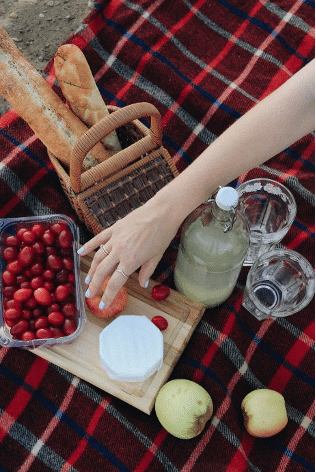
First up, bread. This is one of the key pillars of the French food pyramid, (along with wine and cheese). Bread should never be purchased the day before, and nor should it be purchased at a supermarket. The best bakeries have lines of people outside them, and are always marked ‘artisan’. Purchase more than you think you need, and you can move outside the white-flour baguette range should you be tempted. A good quiche lorraine can be eaten hot or cold so is a great addition to any French picnic.
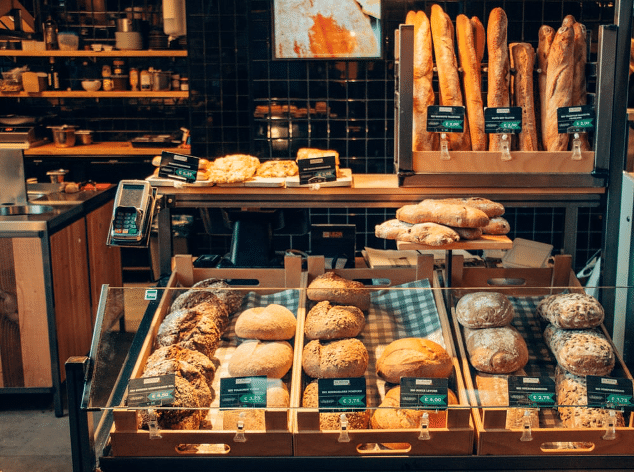
Next, wine. Well this should nearly always be regional, but exceptions can be made. Some places sell 375ml bottles, but the good part about having an electric bike is that you can easily transport a big load, so why not purchase a normal bottle, and if you are numerous then take two. It is really very very rare to purchase wine in a bag, despite the chance that it could break a wine bottle. A bottle of rosé or white wine can be placed in the cooling waters of a stream running by your picnic spot as you set up.
Cheese. Another essential part of the French food pyramid. Most medium sized towns have a Fromager. A good one will have arrange of cheeses; clearly sold by the cut. All fromager will provide samples, and an excellent one will propose these. You will not need to ask. All French cheeses are excellent, and you may already have your personal favorites. If I was choosing, I would probably pick a comté (aged at least 18 months, preferably 24 months), a blue cheese like Bleu d’Auvergne, and a softer cheese like St Marcellin. These cheeses reveal my bias to living near the Burgundy and east of France. If you are in an area with goat’s cheeses, dive in and ask for some to try.
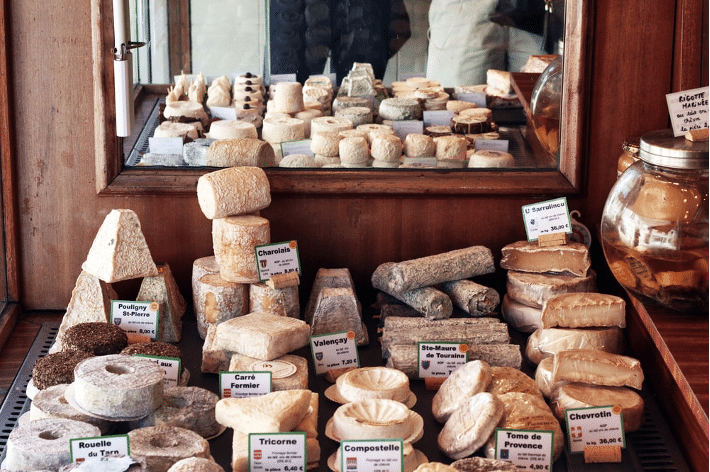
Every good village still has a butcher, but sadly they are less common that the past. In addition to raw meat, traditional French butchers sell charcuterie: cooked or cured ham (jambon blanc or jambon cru), dried sausages (fat saucissons and slim saucisses sèches), bacon (poitrine fumée or ventrèche), various kinds of pâtés and terrines, and miscellaneous specialties depending on their region of origin or preference. Ordering in a French butcher shop does require a little bit of courage, as you simultaneously try to figure out what’s what, and decipher the playful banter, while ignoring the little old lady pushing her shopping trolley up against your ankles. Even If you can’t speak French I still recommend to take your time, and ask questions. Every other client certainly does, and comes out with what they want. “Je voudrais six tranches de jambon blanc bien fines.” Means “I’d like six slices of cooked ham, nice and thin.” The terrines and rillettes are delicious if spread on slices of bread. The French love to crunch cornichons (gherkins) with those.
Crudités/salads/fresh stuff. While the Brits have coleslaw, the French have their own take on grated raw veg. Carottes râpées – shredded carrot doused in a tangy vinaigrette – is a favorite which you might see eaten alongside remoulade, shredded celeriac in a creamy sauce. Tomatoes are eaten whole, like a fruit, and radishes are also crunched whole, sometimes with a little bit of butter. A good butcher, or deli, sells these ready-made. Cherry tomatoes, berries, baby carrots, cucumbers, pears, and cherries are just a few ideas for other fresh produce for your picnic. The key is to pick what’s in season.
Don’t forget the Sweet stuff! The more well-known French desserts are elaborate, and tricky to take in a hamper on a bicycle so opt for fresh fruit – grapes, figs, peaches, apricots, strawberries – and small cakes like madeleines or biscuits or even a tarte tatin.
Lastly, your equipment. This is easy, the less the better. Some essentials are a sharp pocket knife, such as the opinel. This classic folding knife is cheap yet high quality, and you will see it sold everywhere. It lakes a great light weight souvenir gift for taking home as well. A blanket is high on the list, as is a wine corkscrew and a couple of plastic cups or glasses. Plates are of course preferred, but if you could not find any non-breakable ones, you can eat out of napkins or from your hands.
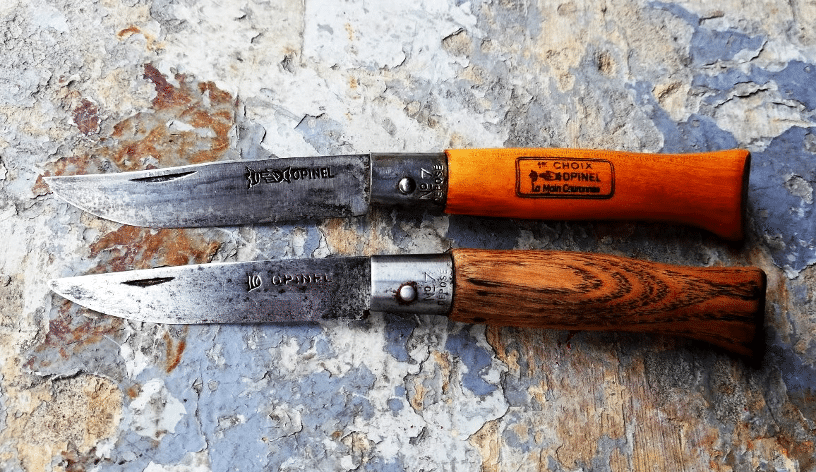
An electric bike gives loads of range, and could hypothetically see you doing 125km or more before a single charge! A journey to even the most adventurous picnic site and back will not need even close to that range. The great thing about an electric bike is that you can carry lots of weight (read: food) and not have any problems running out of energy.
The bikes are heavier than normal bikes but the motor compensates for this extra weight. The controls are on your handlebars, and there will be four different settings: economic, touring, sport and active, or similar depending on your brand. In my experience you will mainly be using eco or touring, and sport or active are useful only for the steepest of hills, or carrying a load. Note, that all electric bikes in France are called Electrical Assistance bicycles, and the power comes on only when you pedal. Secondly they are limited to 25km p/h so there is no point using ‘sport’ or ‘active’ settings on the flat when in fact you may already be at that speed limit. The great thing about going for a picnic is you will not be trying to set a record nor, need to be wearing lycra cycling shorts. Helmets are certainly not compulsory in France, and electric bikes are usually comfortable and have a saddlebag for your lunch!
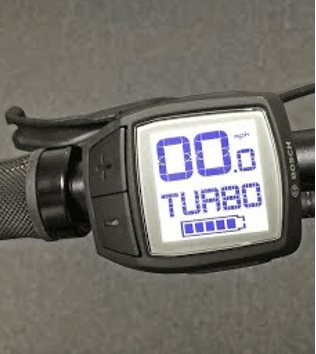
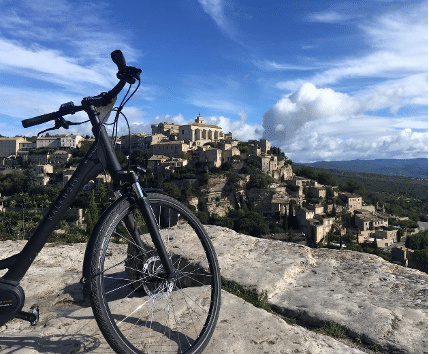
There is nearly nowhere that you can’t choose to have a picnic, but it is good to plan the spot beforehand or otherwise you will be led by your stomach only. The best places that you choose to lunch, should have a view, a bench and maybe some shade and shelter. It’s that easy. I highly recommend that you ask us beforehand, or your bike hire specialist of a place to picnic. I have only once made a truly poor site choice; it was in the catholic pilgrim town of Lourdes. I chose a beautiful spot on a manicured lawn, and removed my T-shirt to enjoy the July sunshine. A security guard came from left-field, and reproached me strongly ‘it’s not a beach here monsieur!’ and swiftly moved me on.
When it comes to choosing a great route, as above, ask us, or the bike specialist who prepares your bike. I would recommend staying on bike trails most of the time, (as there are 17,000km fully prepared in France), as they are safe, and take in the best sites. I would also encourage you to plan your lunch after the half-way mark, or at the top of the highest hill; avoiding the hardest in the afternoon.
The best thing about cycling and picnicking is you can eat until your heart is content. Maybe it’s because they both represent slow living. You can forget dieting and take the last slice of cheese and extra desert! Bicycle picnics are the perfect blend of exercise, fresh air, relaxation, and simple but good food. Yes, pairing bicycles and food was meant to be.
Cyclers see considerably more of this beautiful world than any other class of citizens. A good bicycle, well applied, will cure most ills this flesh is heir to – by Dr. K. K. Doty
This article has been aimed at the non-french traveler who is discovering a new region. There is no reason to not have the experience of a lifetime; laughing with friends and enjoying the outdoors for a full day out. My favourite cycling quote backs up this choice. I hope that these tips will make planning and packing for your next picnic ride a snap! Well, bon appétit and Vive le vélo for all!
Please don’t hesitate to request a day trip with a self-guided bike tour, and receive a detailed and priced quote. Contact us by email for special offers, adapted Covid-19 cancellation terms and detailed recommendations. We are tailor-made specialists so we can certainly make any trip longer, shorter or more or less luxurious to fit your budget. If you prefer a guided day-out by bike, please go ahead.
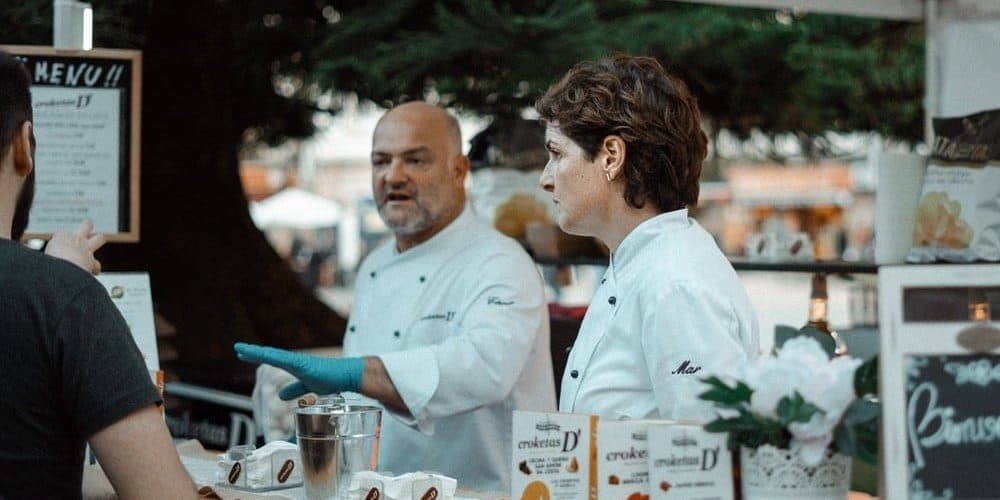
If you enjoyed my ‘how-to guide’ to gourmet picnics in France and are interested by local food and wine festivals in France, check out my previous article.


